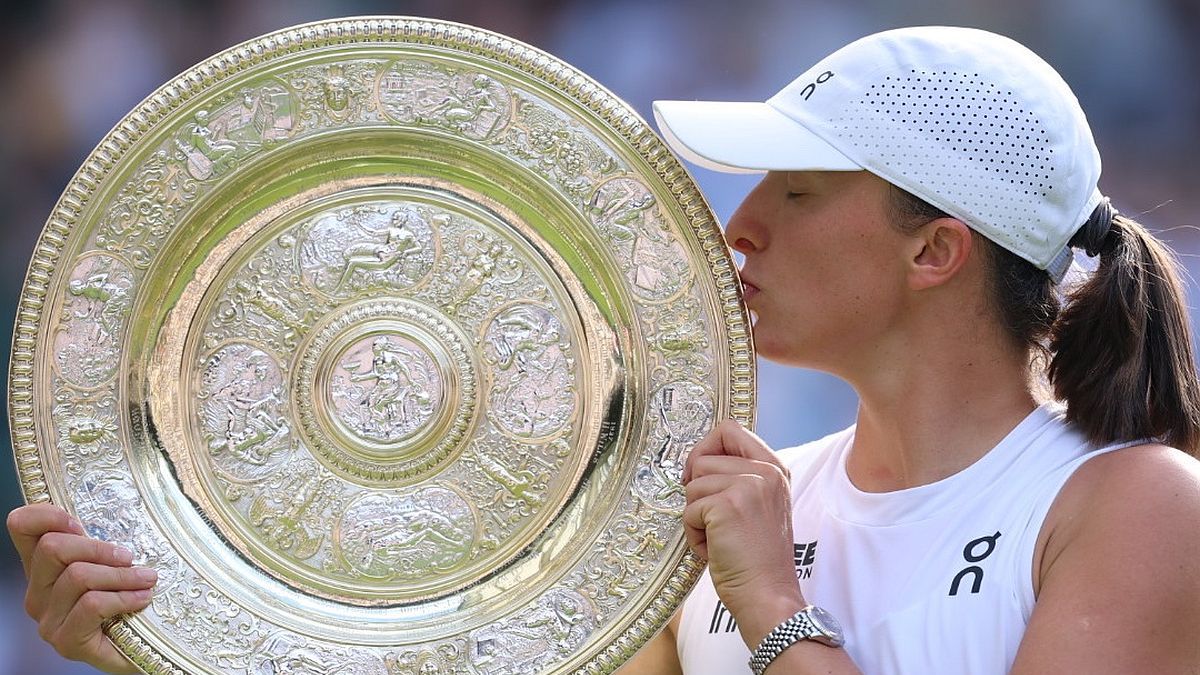The shoemaker Adolf Dassler began experimenting with shoes in his mother’s laundry room. The inventor from Franconia laid the foundations for a brand with a global reputation.
When US showman Noah Lyles ran to Olympic gold in Paris on August 4th, crowning himself the fastest man in the world, there was also cheering in a small town near Nuremberg. For the first time since 1996, an athlete wearing shoes with three stripes had won the Olympic 100-meter final. And this in the year in which the Franconian sporting goods giant is celebrating its 75th anniversary.
On August 18, 1949, the legendary company founder Adolf “Adi” Dassler had his “Adolf Dassler Sportschuhfabrik” entered into the commercial register – just a few months after his brother Rudolf (“Puma”), from whom he had separated in a bitter dispute. The two had already founded their joint shoe factory in 1924 – had it lasted, it would have been 100 years old this year.
As early as 1928, Lina Radke won Olympic gold in the 800 meters in Amsterdam wearing Dassler shoes. Countless more were to follow. In Herzogenaurach, people are convinced that the competition in the same place made the success of the two global players possible.
Adidas has experienced a meteoric rise. Today, the company employs 59,000 people on all five continents and last year generated sales of well over 21 billion euros. Many coincidences helped. Dassler, a trained baker and later shoemaker, probably could not have imagined that the three straps on the side of his shoes to stabilize the foot would later become an iconic brand symbol.
But it was also the persistence and hard work of the post-war entrepreneur Dassler that made Adidas great. When the national football team performed the legendary “Miracle of Bern” in 1954, Dassler himself was in the dressing room and checked the fit of the new screw-in studs that helped Helmut Rahn and Co. to win the final in “Fritz Walter weather” over the favorites Hungary.
Like no other manufacturer, Adidas has managed to create products that have shaped the zeitgeist of entire generations. Freddie Mercury wore wrestling shoes with the three stripes at the legendary Band Aid concert in London. Madonna performed in Adidas boots. Shoes like the “Handball Spezial” or the “Stan Smith”, which was reborn on the retro wave, broke the boundaries of the sports they were originally intended for.
Smith, once number one in the tennis world in the 1970s and personally known to company founder Adi Dassler, is only known to current generations through the sports shoe of the same name. His book is entitled “Some People Think I am a Shoe”. Today, shoe models such as the “Samba” or “Gazelle” are shaping fashion far beyond sport.
The current management team, led by CEO Bjørn Gulden, who was brought in from competitor Puma, benefits from Adidas’s almost inexhaustible archive. However, the problems of day-to-day business have become much more complex in the wake of globalization and worldwide growth than they were under company founder Dassler. Wrong decisions during the Corona pandemic, fluctuating markets in China, for example, or problems with questionable brand ambassadors such as rapper Kanye West have recently caused Adidas difficulties.
In 2023, the bottom line was a loss for the first time since 1992. At that time, in the 1980s, the group was even on the verge of ruin. The founder’s widow Käthe Dassler and her son Horst had died one after the other, and the company was in strangers’ hands, but not always in good hands. It was only when the Frenchman Robert Louis-Dreyfus took the company public in 1995 that things started to improve steadily again.
Most recently, the German Football Association also proved to be a disappointment. Although the national team moved into its European Championship quarters on the “Home Ground” in Herzogenaurach and players like Manuel Neuer celebrated the anniversary with thousands of Adidas employees in June, the DFB followed the lure of US dollars and signed up with industry leader Nike as its equipment supplier – a decades-long relationship will thus come to an end.
CEO Gulden – dubbed the “football pitch CEO” by “Manager Magazin” because of his often casual style, which is appreciated in the world of sport – wants to throw the strategy of his predecessor Kasper Rorsted overboard in the future, partly because of such experiences. Instead of focusing more on popular sports such as football, running or basketball, the former football professional wants to give more space to the supposedly smaller sports, including new Olympic trend sports such as breaking or BMX.
Adidas equipped ten Olympic teams at the recent Paris Games – there could and should be more in the future. A contract was signed with the German Olympic Sports Confederation until 2032. The supplier has also entered into a long-term contract with the German Hockey Association.
Source: Stern




